Myths about teaching can hold you back
- Year 4
Solve division problems involving grouping, including those with remainders
I can solve division problems involving grouping, sometimes with remainders.
- Year 4
Solve division problems involving grouping, including those with remainders
I can solve division problems involving grouping, sometimes with remainders.
These resources were made for remote use during the pandemic, not classroom teaching.
Switch to our new teaching resources now - designed by teachers and leading subject experts, and tested in classrooms.
Lesson details
Key learning points
- A multiplication equation can be written to solve division problems.
- A division equation can be written to solve division problems.
- The number of equal groups in a number can be found by counting forwards.
- The number of equal groups in a number can be found by counting backwards.
- Counting forwards is usually easier because multiplication facts can be used to help.
Keywords
Grouping - Grouping is when we divide a number of objects into equal groups. We know the total number of objects and the number of objects in each group, but we do not know how many equal groups there are.
Division - Division means splitting into equal parts or groups
Divisor - The divisor is what we are dividing by.
Remainder - A remainder is the amount left over after division when the dividend does not divide exactly by the divisor.
Common misconception
Children may not understand division as repeated subtraction because they can count forwards to find the number of equal groups in a number.
On a number line, show how counting forwards and backwards in multiples results in the same answer. Discuss the difficulty of using tables facts to count backwards when there is a remainder, so they understand why counting forwards is more efficient.
To help you plan your year 4 maths lesson on: Solve division problems involving grouping, including those with remainders, download all teaching resources for free and adapt to suit your pupils' needs...
To help you plan your year 4 maths lesson on: Solve division problems involving grouping, including those with remainders, download all teaching resources for free and adapt to suit your pupils' needs.
The starter quiz will activate and check your pupils' prior knowledge, with versions available both with and without answers in PDF format.
We use learning cycles to break down learning into key concepts or ideas linked to the learning outcome. Each learning cycle features explanations with checks for understanding and practice tasks with feedback. All of this is found in our slide decks, ready for you to download and edit. The practice tasks are also available as printable worksheets and some lessons have additional materials with extra material you might need for teaching the lesson.
The assessment exit quiz will test your pupils' understanding of the key learning points.
Our video is a tool for planning, showing how other teachers might teach the lesson, offering helpful tips, modelled explanations and inspiration for your own delivery in the classroom. Plus, you can set it as homework or revision for pupils and keep their learning on track by sharing an online pupil version of this lesson.
Explore more key stage 2 maths lessons from the Division with remainders unit, dive into the full primary maths curriculum, or learn more about lesson planning.

Licence
Prior knowledge starter quiz
6 Questions
Q1.Division means splitting into __________ parts or groups.
Q2.Look at the image. 14 has been divided into groups of 3 There are 4 groups of 3 and a remainder of
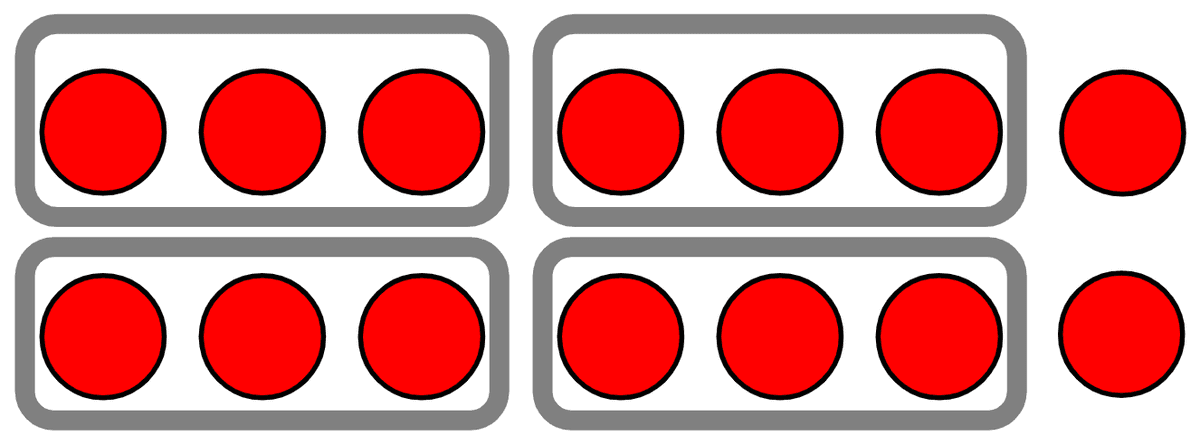
Q3.Which equation represents this image?
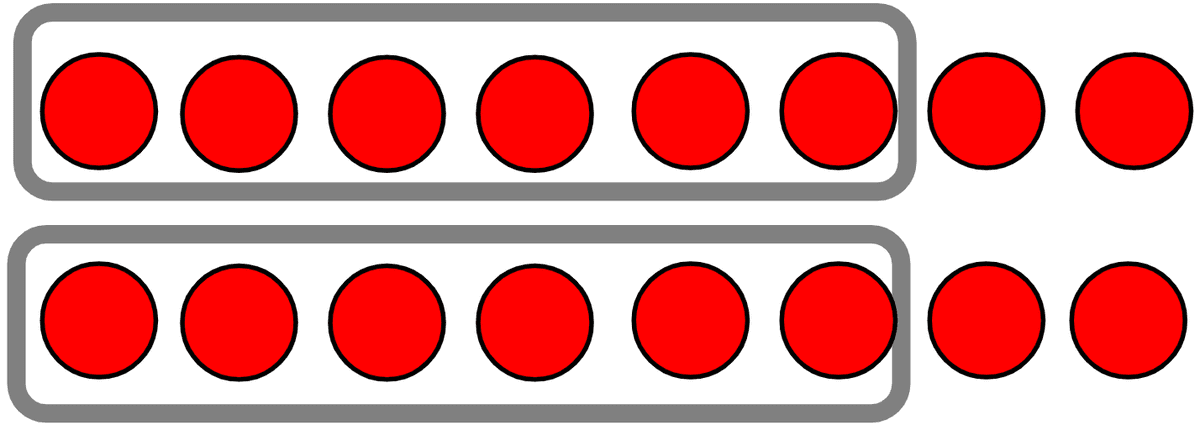
Q4.Which bar model represents this equation? 37 = 4 × 8 + 5
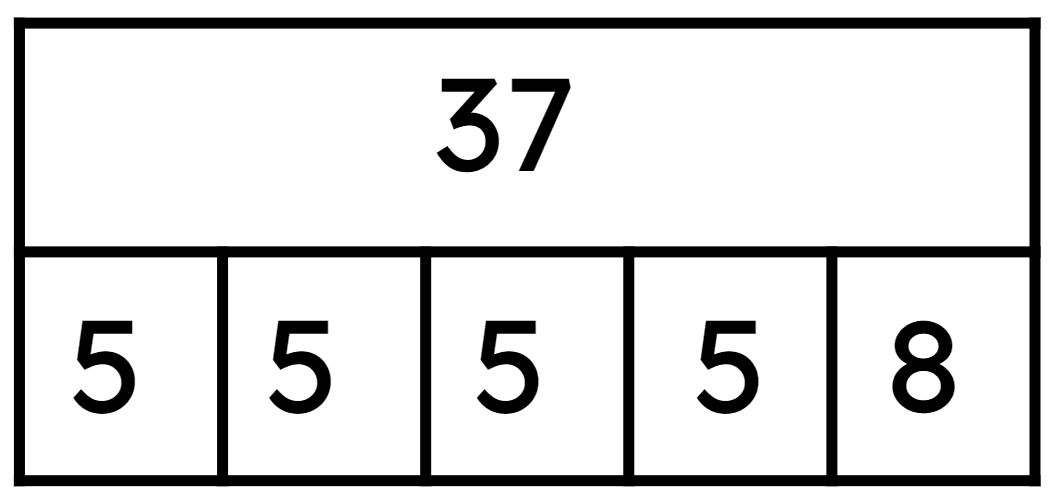
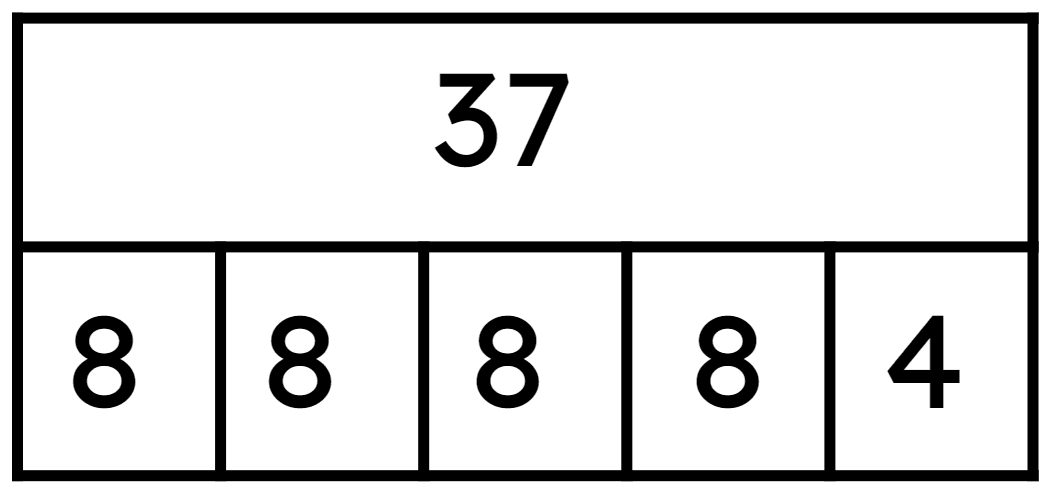
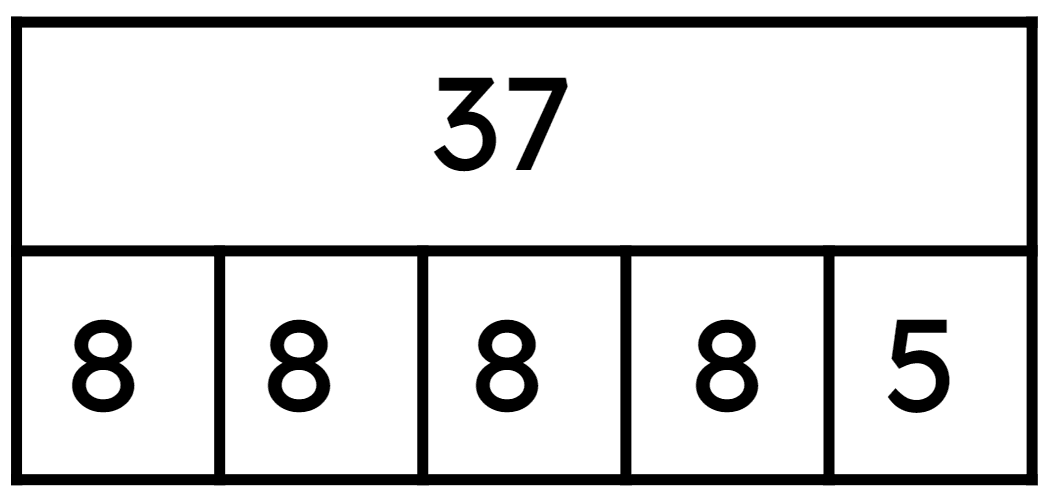
Q5.Sofia divides some counters into equal groups of 7 with a remainder of 3 How many counters did she start with?
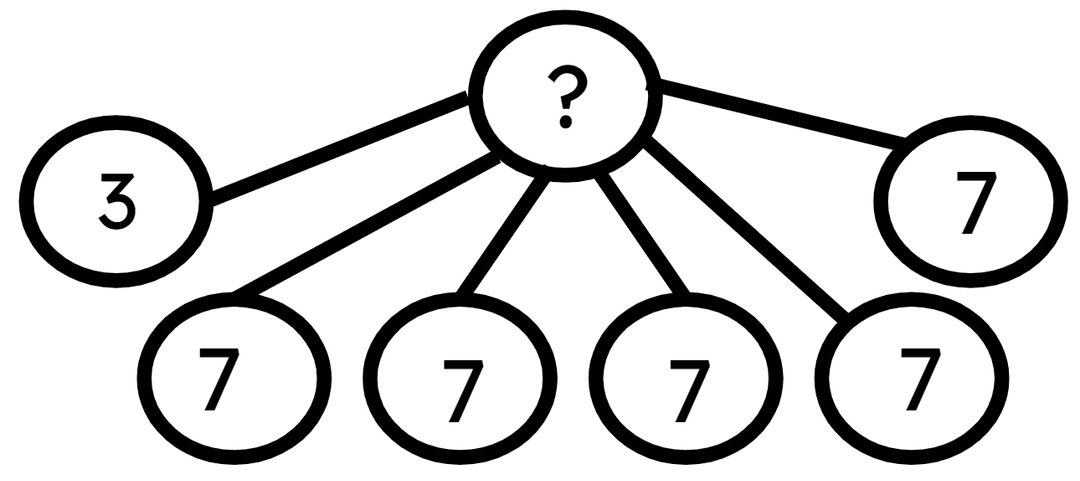
Q6.Look at the image. What is the remainder?
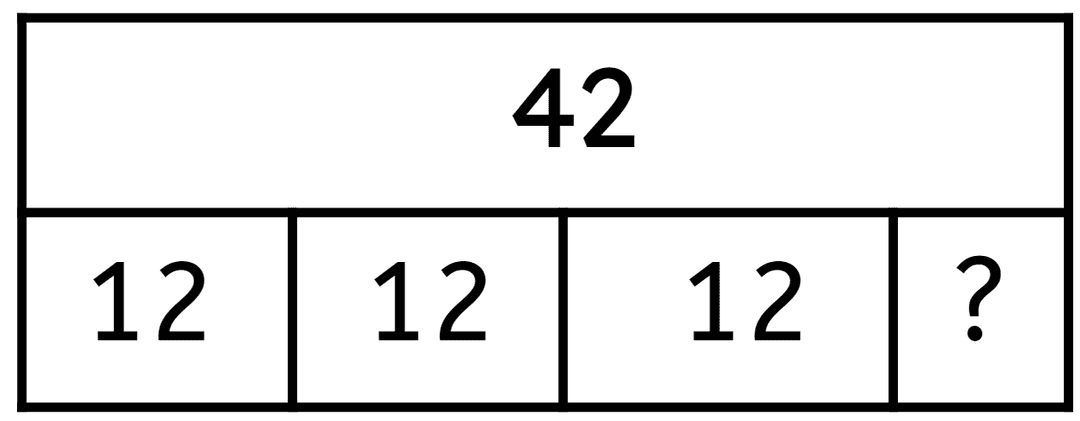
Assessment exit quiz
6 Questions
Q1.Match the keyword to the correct definition.
making groups with the same number of objects in each group
splitting into equal parts or groups
what we are dividing by
the amount left over after a division
Q2.Match the multiplication and division equations that can represent the same number of groups.
18 ÷ 9 = 2
42 ÷ 7 = 6
40 ÷ 8 = 5
28 ÷ 4 = 7
Q3.There are 21 cookies and each bag can hold 3 cookies. Which equations could be used to solve this problem?
Q4.Alex has 35 pages left to read in his book. He reads 7 pages each day. How many days did it take him to finish reading his book? days
Q5.Match the multiplication and division equations with remainders that represent the same number of groups.
6 × 3 + 2
4 × 5 + 3
3 × 6 + 1
6 × 4 + 1


